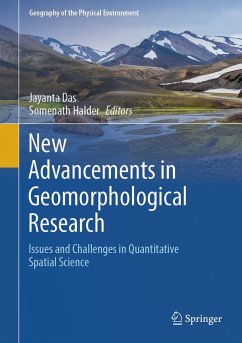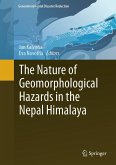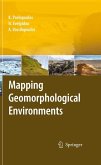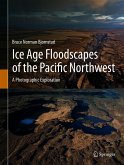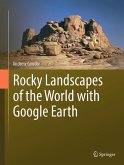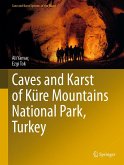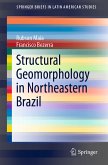This book encompasses sustainable solutions for river course changes, glacier retreat, geo-hazard crisis management, coastal erosion management, and geo-heritage conservation. It offers a detailed time-scale analysis of processes from mountains to coastal regions, incorporating susceptibility and risk levels with advanced methods, with emphasizes the application of GIScience in applied geomorphology. Additionally, it highlights the adaptation of hybrid techniques, remote sensing, statistical tools, and GIS technologies to quantify issues across various branches of applied geomorphology. Through focused, problem-oriented case studies, it showcases the versatility of geomorphological research, environmental resource management, natural landscape conservation, and interconnected problems at different spatiotemporal scales. The contributed chapters deliver theoretical and applied insights for future research, making this book a valuable resource for researchers, scientists, academics, policymakers, and advanced learners in geoscience, earth science, applied geomorphology, remote sensing, environmental resource management, GIS, and hydrology.
Dieser Download kann aus rechtlichen Gründen nur mit Rechnungsadresse in A, B, BG, CY, CZ, D, DK, EW, E, FIN, F, GR, HR, H, IRL, I, LT, L, LR, M, NL, PL, P, R, S, SLO, SK ausgeliefert werden.

